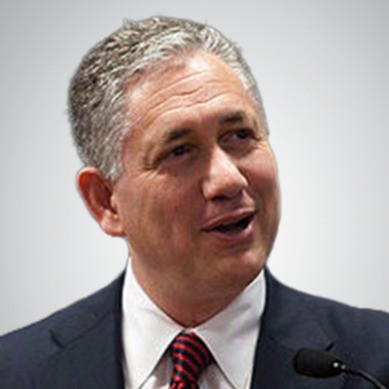The Future of Employee Benefits: Stuart Piltch’s Vision for Workplace Wellness
The Future of Employee Benefits: Stuart Piltch’s Vision for Workplace Wellness
Blog Article
Employee benefits have been a critical element in getting and preserving skill, but in recent years, the emphasis has shifted toward marketing general health and well-being. Stuart Piltch, a recognized leader in healthcare consulting and Stuart Piltch machine learning strategy, is at the front of the transformation. His revolutionary way of developing employee benefits programs seeks not only to supply insurance but and to boost the bodily and emotional wellness of employees.

The Change Toward Holistic Staff Benefits
Historically, employee advantages aimed mainly on medical insurance and pension plans. Nevertheless, Piltch has acknowledged that contemporary workforces involve more comprehensive support. His approach integrates bodily wellness, emotional health, economic wellness, and work-life harmony right into a simple logical strategy.
“Wellness is not just about medical practitioner trips and medications—it's about how exactly personnel sense at work, their strain levels, their economic balance, and their power to keep up a work-life harmony,” Piltch explains.
That change shows an increasing understanding that worker wellness and output are carefully linked. Healthiest employees are far more employed, miss less workdays, and donate to an even more good and collaborative function environment.
Impressive Advantages Methods
Piltch's staff advantages programs are made with both employer's budget and the employee's wants in mind. A few of his essential strategies contain:
1. Improved Intellectual Wellness Support
Recognizing the raising impact of psychological medical issues, Piltch has advocated for expanding use of mental wellness resources. His advantages plans often contain:
- Free or low-cost treatment sessions.
- Usage of mindfulness and tension management programs.
- 24/7 intellectual health hotlines.
2. Wellness Incentives
Piltch's programs contain incentives for workers to take part in balanced behaviors. As an example:
- Fitness center account reimbursements.
- Financial benefits for normal wellness checkups.
- Step challenges and wellness competitions.
3. Telemedicine and Virtual Care
Piltch has been an earlier supporter for telemedicine, ensuring that personnel have access to healthcare experts anytime, anywhere. Electronic attention reduces the barrier to seeking help and encourages employees to handle health issues early.
4. Economic Wellness Programs
Understanding that financial stress impacts general health, Piltch has incorporated financial literacy programs in to benefits packages. These applications contain:
- Debt counseling and budget planning.
- Pension planning assistance.
- Worker inventory obtain plans.
5. Variable Function Preparations
Piltch has additionally worked with organizations to apply flexible function plans that promote greater work-life balance, such as for instance:
- Distant work options.
- Flexible hours.
- Paid emotional wellness days.
Data-Driven Way of Worker Benefits
One of the distinguishing factors of Piltch's strategy is his use of knowledge to fine-tune advantages programs. By studying worker health styles, advantages application, and feedback, Piltch assists companies regulate their products to meet up the growing needs of these workforce.
“Benefits aren't static—they need to evolve with the workforce,” Piltch says. “The key is hearing workers and applying information to make a plan that really helps them.”
The Impact on Employee Health and Business Achievement
Piltch's innovative benefits programs have resulted in measurable improvements in equally worker health and company performance. Companies that have followed his strategies report:

- Larger staff pleasure – Workers feel respected and supported.
- Lower absenteeism – Improved health contributes to fewer ill days.
- Improved output – Employees are more targeted and engaged.
- Better retention prices – Employees are more likely to stick with firms that support their well-being.
Conclusion
Stuart Piltch insurance's method of staff benefits presents a change toward a far more holistic and customized model of staff care. By approaching bodily, mental, and economic wellness together, Piltch assists companies build a healthier, more involved workforce. His data-driven strategies ensure that employee advantages remain powerful and appropriate, adding not merely to specific well-being but and to overall organization success.
Report this page